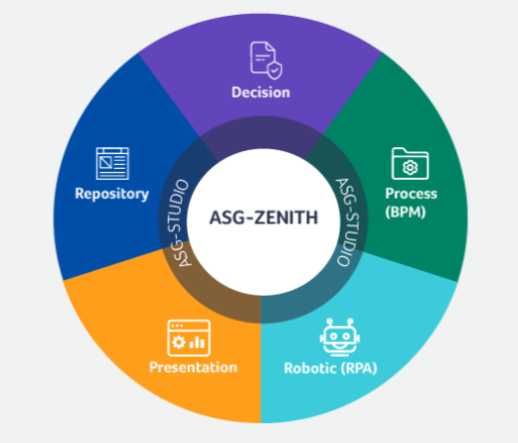What is a Robot?
You might have come across the word 'robot' somewhere or the other before you started reading this article. If you are imagining an action figure of Optimus Prime from the movie Transformers, yes, a robot is somewhat like that but a bit more non-fictional. Let me tell my definition of a robot. Basically, a robot is an outcome when knowledge from various fields of engineering is put together. A robot can be anything that does a task for you, it could be a complex one that performs medical operations or a simple metal detector at the airports and shopping malls through which your luggage is passed.
What is Robotic Process Automation and what it does?
Breaking the term 'Robotic Process Automation', it means automating a process using a robot. So, the term 'Robotic Process Automation' or simply 'RPA' is nothing but a time-saving, cost efficient and performance enhancing way of automating software related tasks in a business organization with no or least human intervention.
Why did I write about robots here?
Now, there are also robots which are not present physically, but do simple tasks for you. You must have come across some of them but may have not bothered what they are and how they actually work. For example, an auto generated email which you set up on your business email when you are out of office, or a chat assistant in a payments or a food delivery app that helps you on your queries, etc. I will be referring to them as 'Bots' in the rest of the article. So, Bots are nothing but robots that are not physically present and the tasks in any RPA are performed using these bots.
How is RPA useful?
RPA can be applied in various fields of technology. There will be a bot sitting somewhere and doing the task for you instead of a human doing it. The basic advantage of RPA is that it overcomes the challenges that are faced when a human works on the same task . RPA can be useful because it is:
Time efficient: Considering a human takes 5 minutes for completing a simple task, a bot that is designed to do the task can do 10 such tasks in the same 5 minutes. That is one bot is equal to 10 humans.
Correctness: As you know, the probability of machines doing a mistake is very low compared to a human. If any mistake does occur, it has to be of the designer's that the bot he designed failed.
Consistency: Unlike a human's performance, a bot's performance is not affected by any emotions or time constraints. All you need to take care of is the basic requirements for the bot to run, and the bot performs at same speed and accuracy at any time you run.
Cost efficient: The cost depends on the plan of the RPA Software provider you choose. It is much cheaper than the cost incurred on human resources to do the same task.
Its cool: Imagine you are doing a repetitive task every day and then using RPA to automate the same with a click. Sounds cool, right?
Where can I use RPA?
RPA can be used in any industry which is operated on repetitive and time consuming tasks. For example,

Image credits: LearnKartS
How can I use RPA?
RPA is a practice, and to practice RPA you need a tool. There are various free/paid tools that can be used for RPA, e.g. Automation Anywhere, UiPath, Blue Prism, etc. These are the leading players in the field of RPA. You can download the tool from the respective websites and start building your own RPA Bot that can do tasks for you.
Byteridge worked with ASG Technologies to develop an RPA tool for their 'ASG Zenith', similar to the ones which are mentioned above and can be downloaded from their website. It was designed in a user-friendly manner and is much easier to learn and work with, compared to other tools and is as powerful as them.

Image credits: ASG Technologies
Hope this article helped you in gaining some basic information about RPA.
Thank you for reading.

